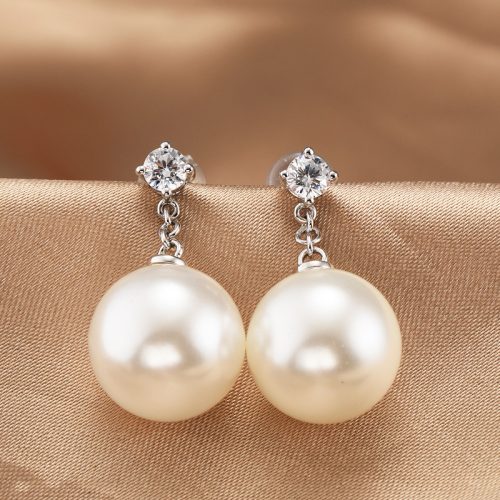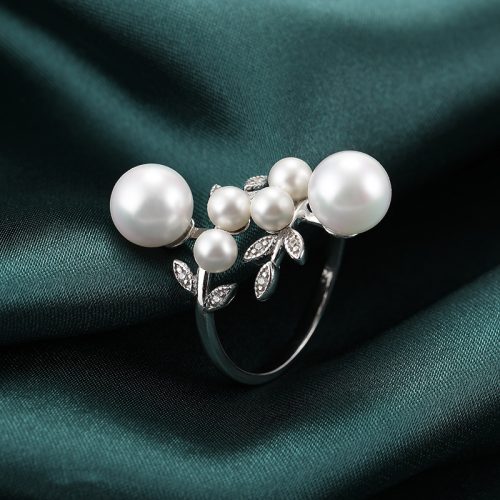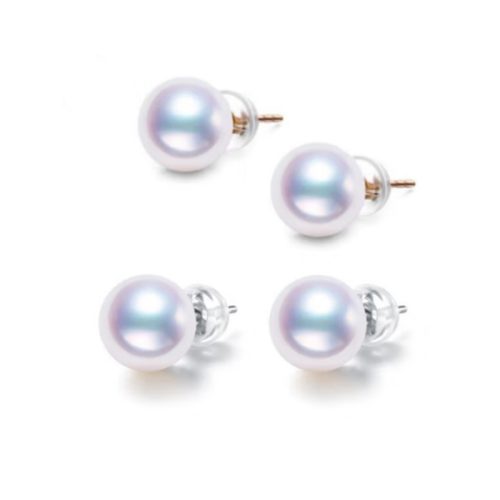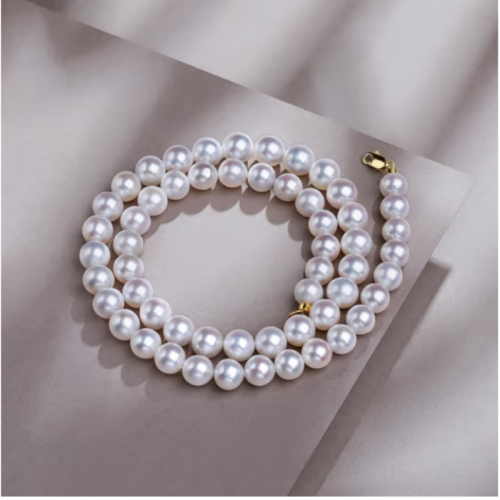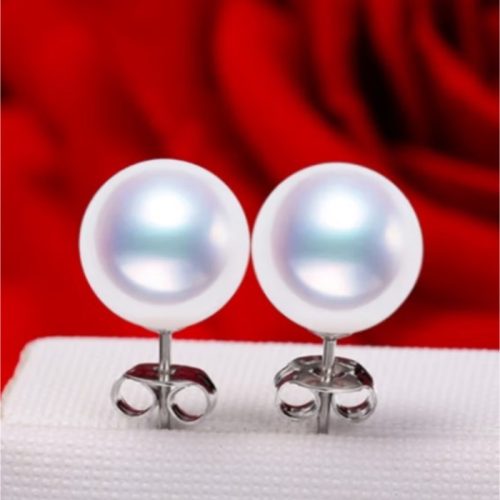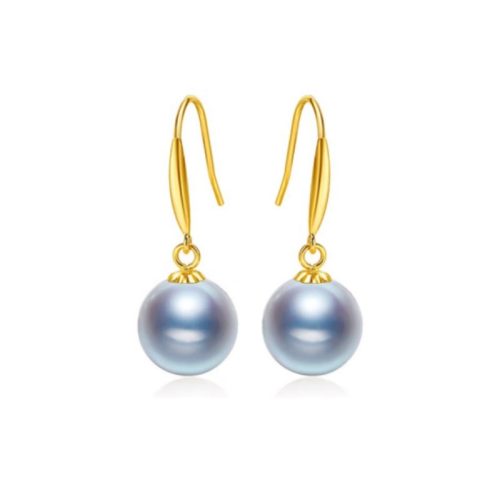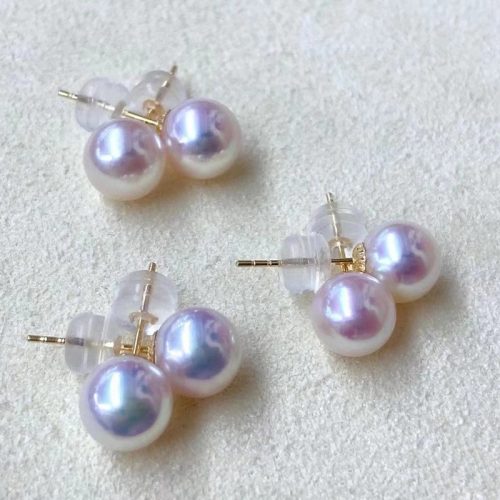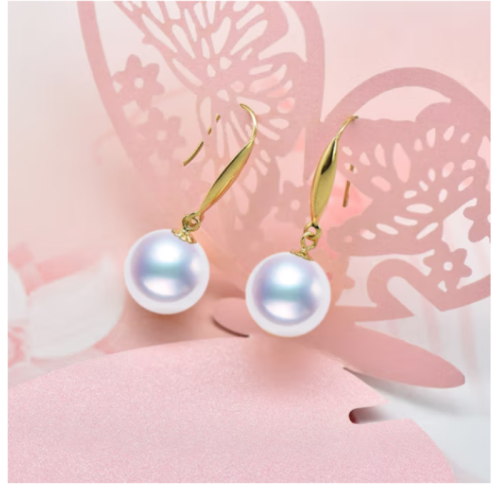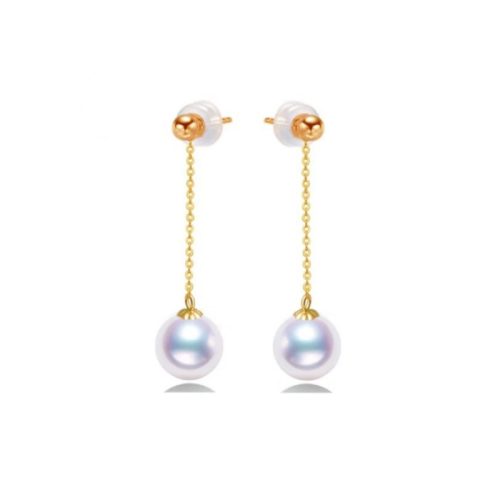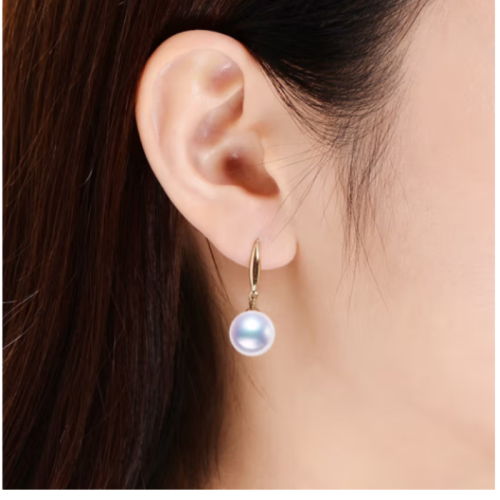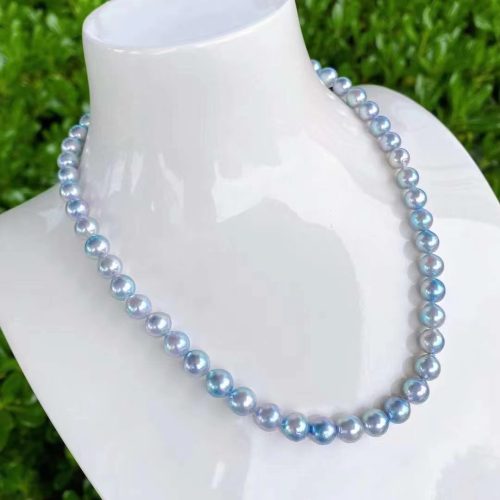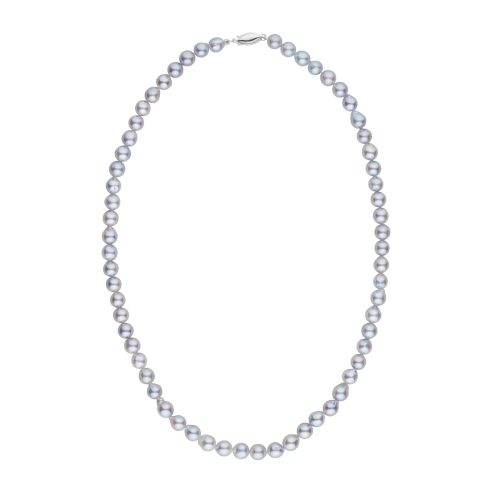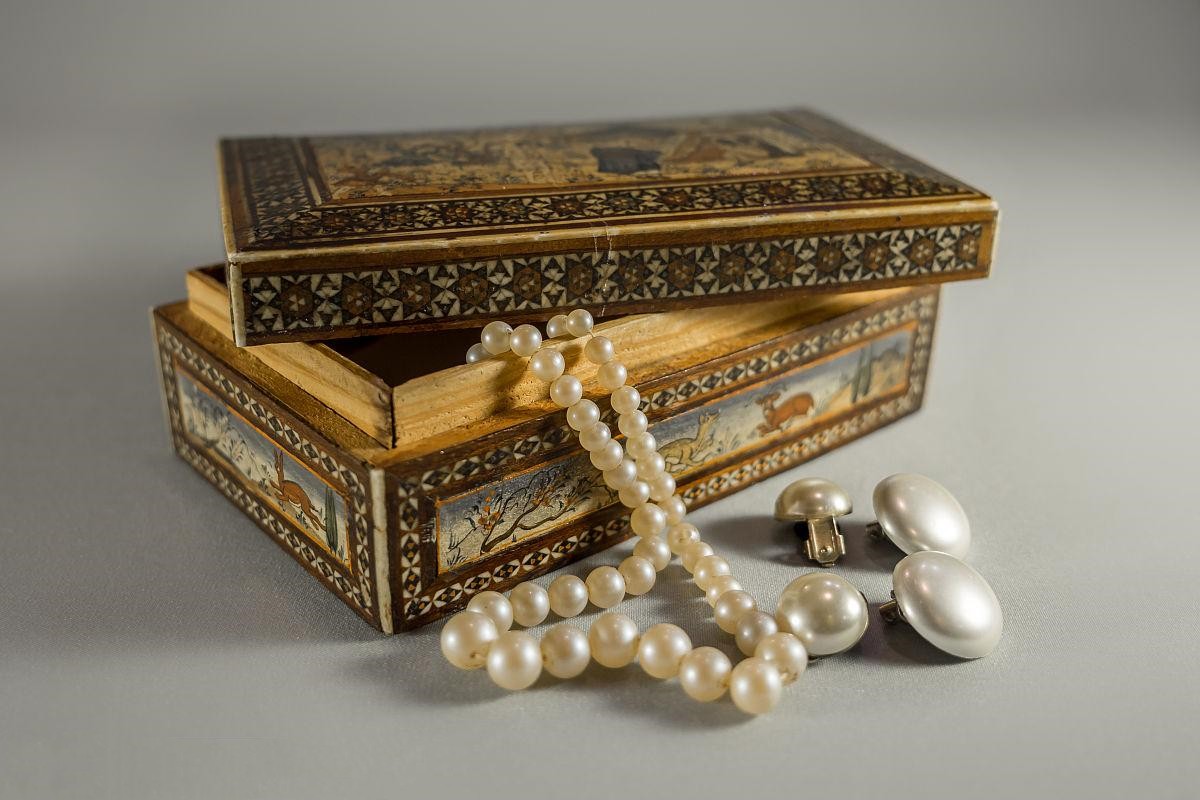What You Should Know About Akoya Pearls
Akoya pearls are a type of seawater pearls produced in Japan. The female oyster is Marshmallow, very round in shape, often white, with rose red, silver, and creamy yellow overtones. The implanted bead nucleus is about 6mm, the common diameter is 2~10mm, and the maximum is 11mm.
.
【color】
Akoya pearls come in a variety of colors, including white, blue, and gold.
.
【Origin】
Japan is the main source of Akoya pearls.
.
【Selection】
The selection of Akoya pearls starts from the aspects of color, size, luster, roundness, and blemishes.
.
【Introduce】
For people who have seen Akoya pearl necklace, it is hard not to be impressed by its unique pearl luster. The rainbow-like luster and iridescence after the rain is beautiful. Even in dim places, high-quality Akoya can still produce a sense of brilliance by reflecting weak light, so many people call it a “small light bulb”.
Among all pearls, Akoya’s annual production is relatively rare, and high-quality pearls are even rarer. There are not many sea areas suitable for the growth of Akoya mother-of-pearl, such as water temperature, temperature difference, and water quality. With the increasing pollution, the suitable sea areas are becoming less and less, not to mention that one mother-of-pearl can only breed one Akoya every 3-4 years. However, the freshwater mother-of-pearl can give birth to dozens of pearls at a time. In addition, in Japan, the main production area, people do not blindly pursue output but pay more attention to quality, which makes Akoya very rare.
saltwater vs. Freshwater Pearls: A Comprehensive Guide to Their Distinct Differences,Pearls. These tiny, lustrous orbs have been a symbol of wealth and sophistication for centuries. They've adorned the necks of royalty, graced the pages of fashion magazines, and become a beloved gems in the jewelry world.
Akoya pearls are genuine pearls that are prized for their exceptional luster and quality. They come from the Akoya oyster (Pinctada fucata martensii), which is mainly cultivated in Japan and China and is one of the most popular cultured pearls on the market today. The question is often asked: "Are Akoya pearls real pearls?
Princess Diana once said, "If a woman could only own one piece of jewelry, it would be pearls." Pearls have a round, warm, crystal clear luster, and are elegant, soft, peaceful and quiet, and can best highlight the graceful and elegant side of women.Whether it is a luxurious pearl set or a pearl with a design that combines popular elements, it is an indispensable weapon in the jewelry box.So, how many varieties of pearls are there?
Akoya pearls are indeed cultured, and this process has been a significant part of the jewelry industry for over a century. Culturing pearls is an intricate process that requires both time and precision, resulting in the beautiful and highly sought-after akoya pearls we see today. The term "cultured" refers to pearls that have been created with human intervention.



